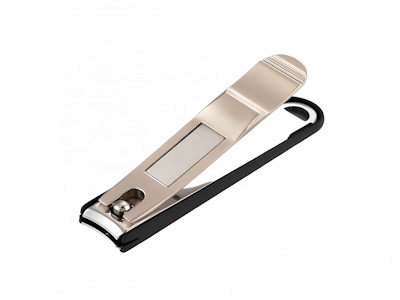- Адрес:
- No. 1, Block B4, Huayuan Garden, Xinjiang North Road, Yangjiang, Guangdong, China
- Почтовый ящик:
- 1388xx888xx@gmail.com
- Мобильные телефоны:
- 1388xx888xx
- Телефон:
- 1388xx888xx

Кухня — это сердце дома, где создаются вкуснейшие блюда, объединяющие семью и друзей. Одним из ключевых элементов успешной кулинарии является правильный выбор инструментов, и среди них особое место занимает кухонная доска. В этой статье мы подробно рассмотрим, почему нож режет мясо лучше всего на качественной доске, как выбрать идеальный вариант, и как это влияет на ваш кулинарный опыт. Мы углубимся в историю, материалы, практические советы и многое другое, чтобы вы могли сделать осознанный выбор и наслаждаться приготовлением пищи на высшем уровне.
История кухонных досок насчитывает тысячелетия. Ещё в древние времена люди использовали деревянные поверхности для разделки продуктов. Например, в Древнем Риме и Греции доски изготавливались из прочных пород дерева, таких как дуб или кедр, что позволяло эффективно обрабатывать мясо и овощи. С развитием технологий появились новые материалы, такие как пластик, бамбук и стекло, каждый со своими преимуществами и недостатками. Однако дерево остаётся классическим выбором для многих шеф-поваров и домашних кулинаров благодаря своей натуральности и способности беречь лезвия ножей.
Когда нож режет мясо, важно, чтобы доска обеспечивала стабильность и минимальное скольжение. Деревянные доски, особенно из твёрдых пород, таких как клён или орех, отлично справляются с этой задачей. Они поглощают удары, reducing noise and preventing the knife from dulling quickly. In contrast, plastic boards are lightweight and easy to clean, but they can warp over time and harbor bacteria if not properly maintained. Bamboo boards are eco-friendly and durable, making them a popular choice for environmentally conscious consumers. Glass boards, while hygienic, are hard on knife blades and can cause them to become blunt faster, which is why they are less recommended for frequent meat cutting.
Choosing the best board for your kitchen depends on several factors: frequency of use, type of food prepared, and personal preferences. For heavy meat cutting, a thick wooden board is ideal. It should be at least 2-3 cm thick to provide stability and durability. Look for boards with a juice groove to catch liquids from meat, preventing messes on your countertop. Additionally, consider the size; a larger board allows for more workspace, but ensure it fits comfortably in your kitchen. Maintenance is also crucial: wooden boards require regular oiling with food-safe mineral oil to prevent cracking and bacterial growth, while plastic boards can be dishwasher-safe for easy cleaning.
Beyond functionality, the aesthetic appeal of a kitchen board can enhance your cooking experience. A beautiful wooden board can double as a serving platter for cheeses and charcuterie, adding a touch of elegance to your meals. Many artisans craft custom boards with unique grains and finishes, making them not just tools but pieces of art. Investing in a high-quality board is an investment in your culinary journey, promoting better techniques and more enjoyable meal preparation.
In conclusion, the phrase 'нож режет мясо лучшая доска для кухни' emphasizes the importance of pairing a sharp knife with the right cutting surface. By selecting a board that suits your needs, you can improve efficiency, extend the life of your knives, and elevate your cooking. Remember to clean and maintain your board properly to ensure food safety and longevity. Whether you opt for wood, plastic, bamboo, or another material, the key is to choose wisely and enjoy the process of creating delicious meals.
This article has covered the essentials, but there's always more to learn. Explore different types of boards, experiment with various materials, and share your experiences with fellow food enthusiasts. Happy cooking!


